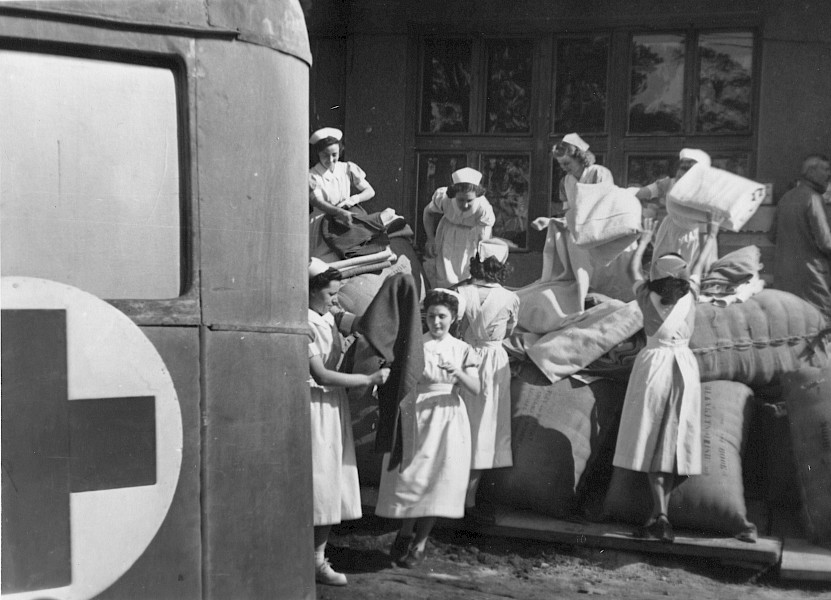
With Commander Locker
Bezeichnung
Der Inhalt dieser Seite ist derzeit nicht auf Deutsch verfügbar.
This ambulance, alongside a camel caravan in Armenia (1916), was part of the Royal Naval Armoured Car Division (RNACD) - a British army unit with a rather unusual history. Under Oliver Locker-Lampson, with over 500 men, 45 cars and 15 motorbikes were deployed in the Caucasus, Romania and Galicia. These British units were under direct Russian command. The members of the unit seemed to have been aware of the exceptional character of their mission, and many of them extensively documented their daily lives in diaries. This rather unconventional arrangement was deployed to strengthen the diplomatic ties between Britain and Russia, which the former badly needed during the First World War. According to Locker-Lampson, the unit was intended to prove the value and technique of the British army to the Russians, in order to justify Russia’s participation in the war to its population.
Other collaborations with similar aims also took place in the medical field: surgeons attached to the RNACD were instrumental in the work of the Scottish Women's Hospital on the Romanian front. Surgeon Lieutenant-Commander King of the RNACD, one of these surgeons, praised the work of the Scottish nurses at length in his letters. In Galicia, there was also a Russian Red Cross hospital run by two English women surgeons with whom the RNACD collaborated.
Credits
With Commander Locker, Document Imperial War Museum, Londres. Collection International Red Cross and Red Crescent Museum, Geneva
Tags
ImagesFotografienIn derselben Sammlung
Red Cross Territorial Hospital "Vittorio Emanuele III"
Images, Fotografien, Gender and diversity
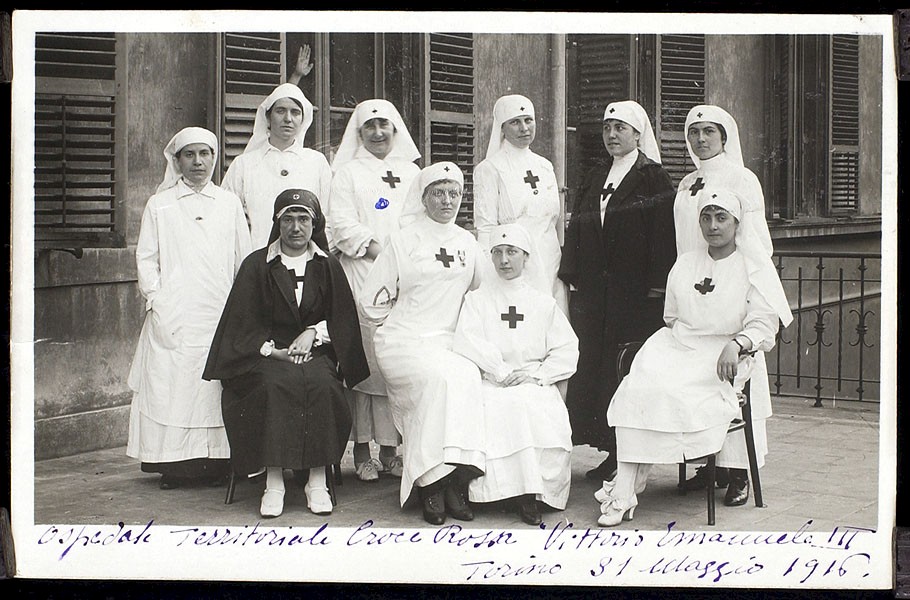
Janet Ndoti, during her training in King George V Hospital, Nairobi
Images, Exhibitions, Fotografien, Gender and diversity

A woman first aid attendant and two men trained in surf rescue
Images, Fotografien, Gender and diversity
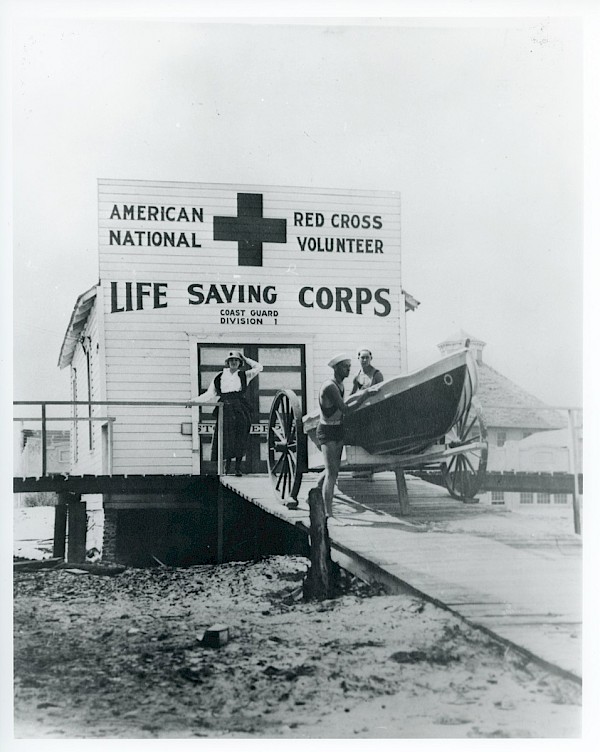
A military doctor and a nurse remove shrapnel
Images, Fotografien, Gender and diversity
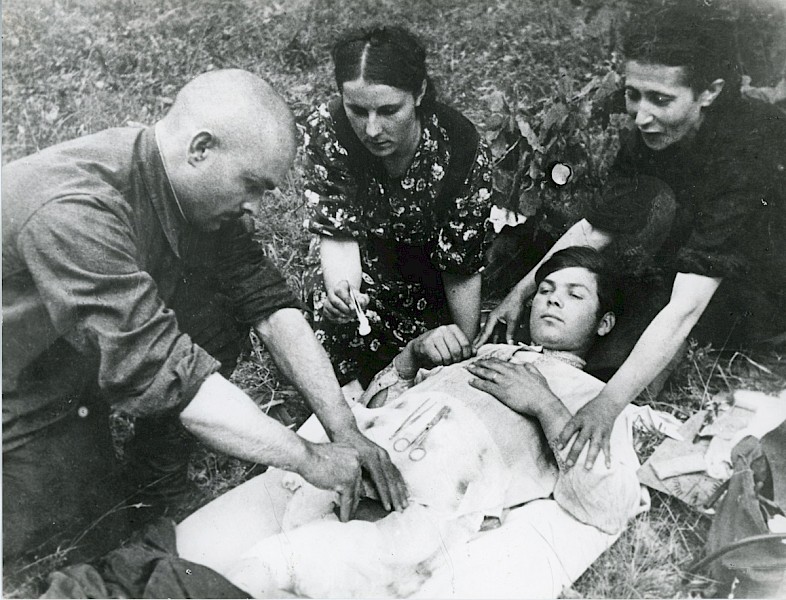
Air ambulances and passive defence
Images, Fotografien
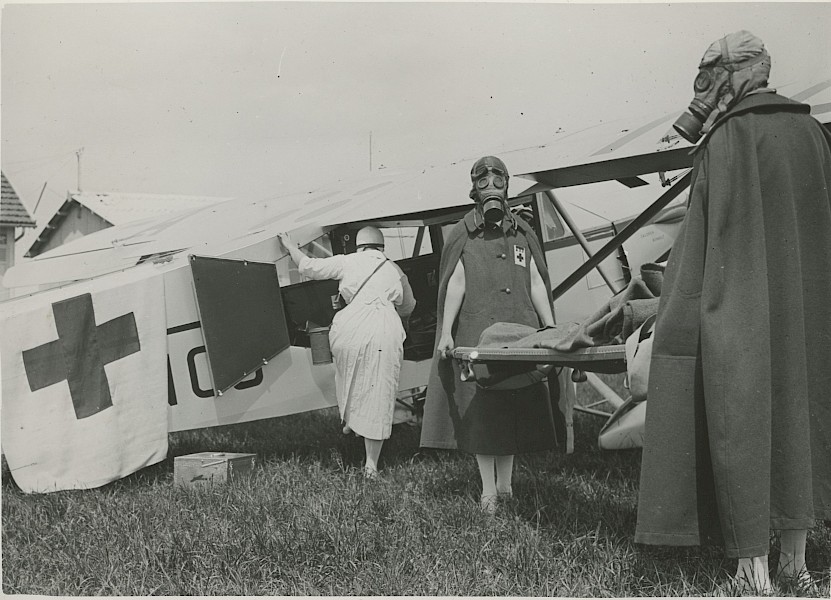
HUMANITY by Henry Leutwyler
Texts, Books, Objekte, Plakate, Fotografien
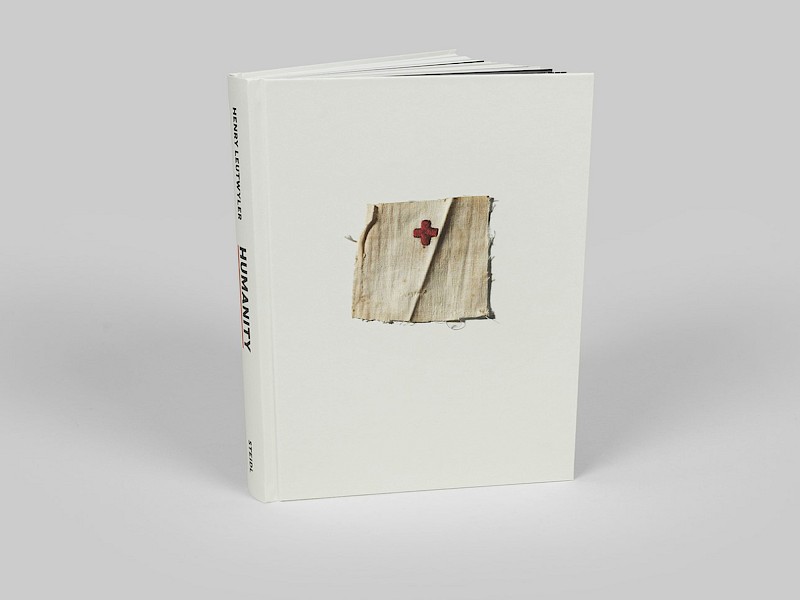

With Commander Locker
Bezeichnung
Der Inhalt dieser Seite ist derzeit nicht auf Deutsch verfügbar.
This ambulance, alongside a camel caravan in Armenia (1916), was part of the Royal Naval Armoured Car Division (RNACD) - a British army unit with a rather unusual history. Under Oliver Locker-Lampson, with over 500 men, 45 cars and 15 motorbikes were deployed in the Caucasus, Romania and Galicia. These British units were under direct Russian command. The members of the unit seemed to have been aware of the exceptional character of their mission, and many of them extensively documented their daily lives in diaries. This rather unconventional arrangement was deployed to strengthen the diplomatic ties between Britain and Russia, which the former badly needed during the First World War. According to Locker-Lampson, the unit was intended to prove the value and technique of the British army to the Russians, in order to justify Russia’s participation in the war to its population.
Other collaborations with similar aims also took place in the medical field: surgeons attached to the RNACD were instrumental in the work of the Scottish Women's Hospital on the Romanian front. Surgeon Lieutenant-Commander King of the RNACD, one of these surgeons, praised the work of the Scottish nurses at length in his letters. In Galicia, there was also a Russian Red Cross hospital run by two English women surgeons with whom the RNACD collaborated.
Credits
With Commander Locker, Document Imperial War Museum, Londres. Collection International Red Cross and Red Crescent Museum, Geneva
Tags
ImagesFotografienIn derselben Sammlung
Red Cross Territorial Hospital "Vittorio Emanuele III"
Images, Fotografien, Gender and diversity

Janet Ndoti, during her training in King George V Hospital, Nairobi
Images, Exhibitions, Fotografien, Gender and diversity

A woman first aid attendant and two men trained in surf rescue
Images, Fotografien, Gender and diversity

A military doctor and a nurse remove shrapnel
Images, Fotografien, Gender and diversity

Air ambulances and passive defence
Images, Fotografien

HUMANITY by Henry Leutwyler
Texts, Books, Objekte, Plakate, Fotografien

To Heal a World at the Rencontres de la Photographie d’Arles
04.07.2022 bis 25.09.2022
Exhibition, Off-site
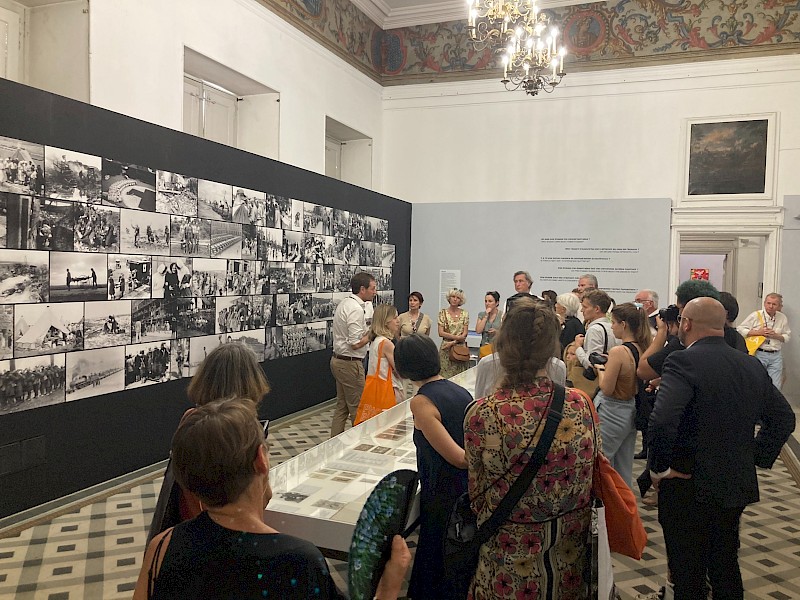
To Heal a World
16.11.2021 bis 24.04.2022
Exhibition, Im Museum
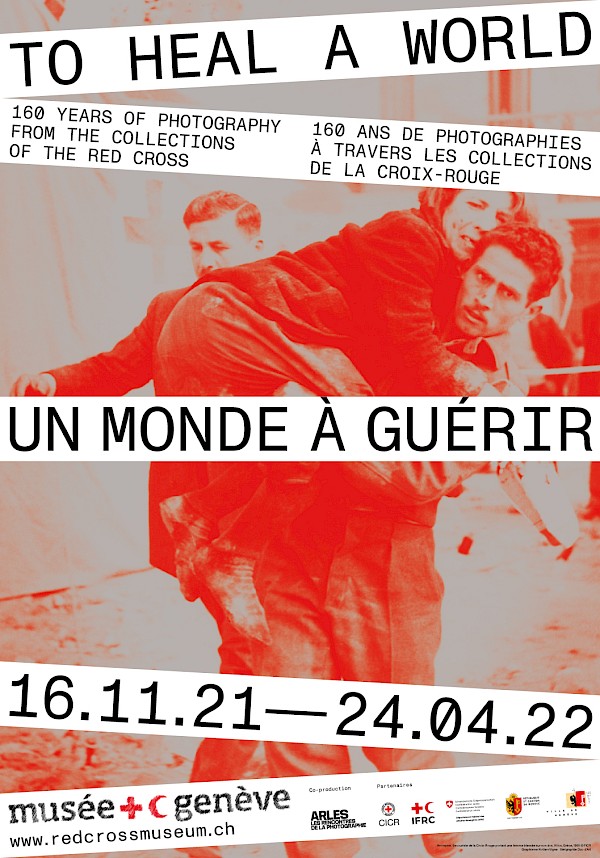
To Heal a World in Nantes
27.10.2023 bis 02.01.2024
Exhibition, Off-site
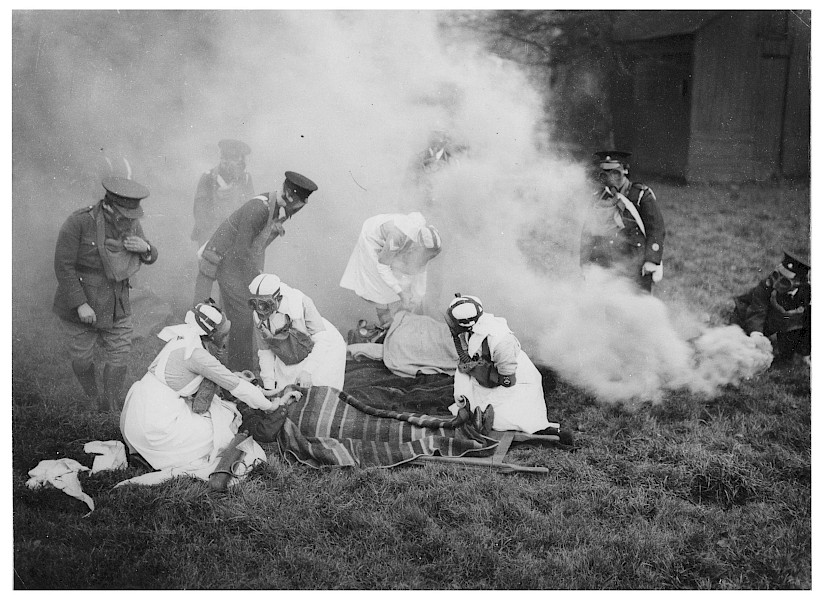
Air ambulances and passive defence
Images, Fotografien

Refugees in a camp reading Red Cross messages
Images
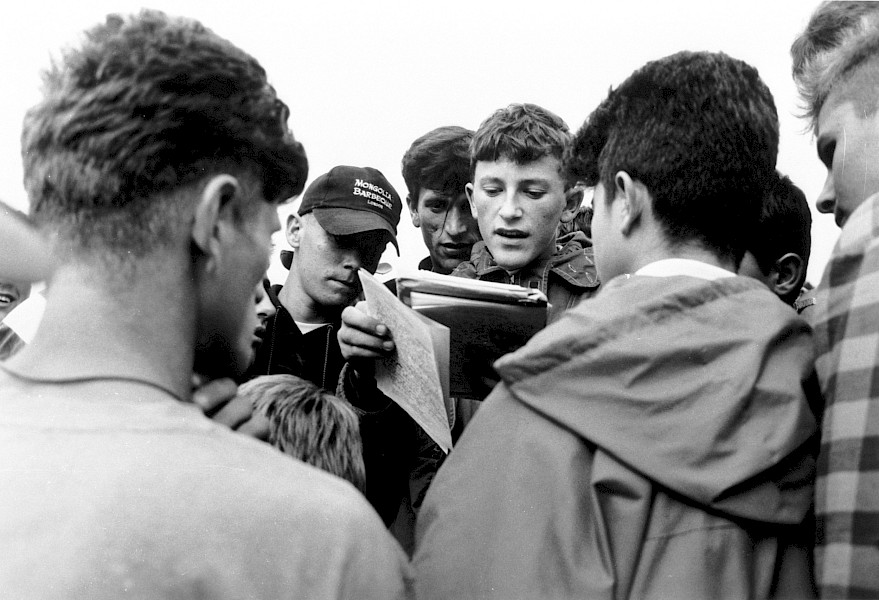
Donated supplies from Ireland being unloaded at a Bulgarian Red Cross warehouse
Images, Exhibitions
